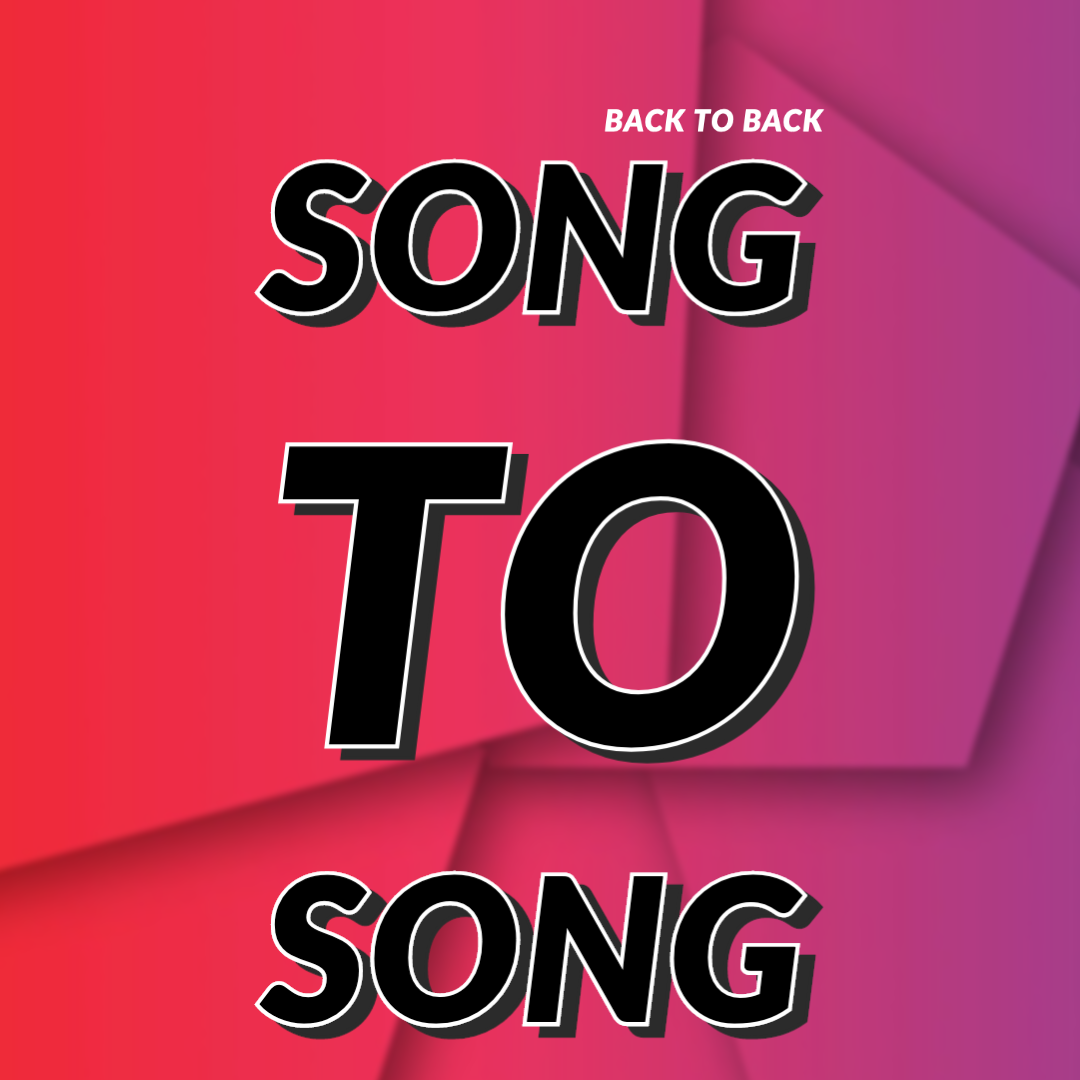THE CONVENIENCE STORE
digital video, color, sound, 6’ 23”, 2018, Sweden
Created by Jonne Hansson
April 8 - April 21 2022
VRAL.org
The Convenience Store follows three recently former students who graduated from Umeå Academy of Fine Arts in Sweden and later moved to the fictional city Los Santos hoping to succeed as artists. They all have encountered challenges in their respective fields. One day they accidentally meet each other in a convenience store. In a setting, reminiscent of Kevin Smith’s cult film Clerks, they have a strange, meta-referential conversation.
Jonne Hansson (b. 1983) is an artist working with digital media. He received an MFA from Umeå Academy of Fine Arts, Umeå, Sweden and a BA in Fine Arts from Gerrit Rietveld Academie, Amsterdam, The Netherlands. In the past decade, Jonne has created several machinima, drawings, prints and installations. His practice is narrative driven, with an emphasis on short films or using dis- or replaced still imagery. Different interests — including video games, sports, animals, and movies — are mixed with literary classics, resulting in narrative works — ranging in tone from philosophical, to poetic, to sit-com slapstick gags — pointing out the oddness, if not absurdity, of contemporary life. His work has been exhibited internationally, including Argentina, Croatia, Italy, and Sweden. His work Heavy Thoughts was presented at Milan Machinima Festival MMXXII. Jonne lives and works in Sweden.
The sixth edition of the MILAN MACHINIMA FESTIVAL will take place in hybrid form, both online and in situ (Milan, Italy) between March 19 - 26 2023
Filmmakers and video artists engaged in the practice of appropriating, repurposing, and remixing video games are encouraged to send us their work for consideration. All submissions will be judged by an international panel of jurors comprising scholars, curators, and critics. A Critics' Award will be awarded to the most groundbreaking work.
Screenings of selected machinima will be curated around different themes and presented in different sections. The most interesting submissions are those which seek to capture or highlight a specific facet of contemporary life, from politics to art, from violence to creativity, from technology to ideology, through the aesthetic lenses of digital gaming.
The deadline for submissions is December 30, 2022
The full program will be announced in early March 2023
The MILAN MACHINIMA FESTIVAL MMXXII returns with a hybrid format —both online and in situ screenings — after a long disruption in the face of an unprecedented global crisis. The festival program is now online: 25 works of machinima and game video created by 21 artists representing 9 countries are featured in two distinct sections — EVERYTHING MUST CHANGE (March 26 2022, IRL) and FOR EVERYTHING TO STAY THE SAME (March 21-27 2022, online) — for a total of 11 programs.
Below is a breakdown of all the features:
EVERYTHING MUST CHANGE (Museum of Interactive Cinema, Milan, March 26 2022): MACHINEMA (MACHINE CINEMA), BRAND NEW YOU ARE RETRO, and MADE IN ITALY
FOR EVERYTHING TO STAY THE SAME (March 21-27 2022, online): THE GOOD, THE BAD, AND THE AI, BAD TALES, SONG TO SONG, GAME VIDEO ESSAY, IDENTITIES/INTIMACIES, HISTORIES/HERSTORIES, NO DRAMA, PLEASE, and GAME OVER PRESENTS: THIS IS NOT A GAME.
This year we’ll be unlocking the various features gradually, like levels of a video game. The online section comprises seven back-to-back features and one special screening.
The first two — THE GOOD THE BAD AND THE AI — featuring works by Phil Rice (US) and Beatrice Carpina (IT) — and SONG TO SONG - featuring machinima by Paolo Santagostino (IT) and Lorenzo Antei (IT) are now available. Enjoy!
Kunst und Gesellschaft im Dialog I-III
Digital video, color, sound, 13’ 51”, 2009, Canada/Germany
Created by Sebastian Blank, 2009
March 4 - 17 2022
Introduced by Matteo Bittanti
Sebastian Blank was born in 1977 in Saskatoon, Canada. He studied audiovisual media at the Bergische Universität Wuppertal. His practice explores, among other things, the inner workings of the art world. He now lives and works in Cologne.
Kunst und Gesellschaft im Dialog I-III is a trilogy of machinima, a form of video art created by appropriating, manipulating, and repurposing video game visuals. In this case, the artist modified the popular Grand Theft Auto: San Andreas (2009) by introducing themes and elements completely alien to the original game. Specifically, the trilogy focuses on the relationship between society and the artworld, using game spaces as a performative context for the artist.
Fintech for the Precariat
digital video (3840 x 2160), color, sound, 11’ 37”, 2017, United States
video documentation of an immersive world application
Created by Ricardo Miranda Zúñiga, 2021
February 18 - March 3 2022
Introduced by Matteo Bittanti
FinTech for the Precariat is an immersive urban environment populated by Greed, Lust, Gluttony, Envy, gig workers and twelve voices from New York City’s financial spectrum. As the user wanders around this environment, she stumbles upon its inhabitants — from financial brokers to recent college grads to computer programmers and cultural workers —, gaining an understanding of their financial perspectives. It has been projected that the 2020s will be the decade of the “FinTech Revolution”. This marketing hyperbole is on the heels of many such revolutions sold on the broken promises of democratization and prosperity for all. FinTech for the Precariat asks a simple question: Who are the winners and losers in this “game”?
Ricardo Miranda Zúñiga is a new media artist. He approaches art as a social practice that seeks to establish dialogue in public spaces. Zúñiga received a B.A. in Practice of Arts and English Literature at University at California, Berkeley, and later an M.A. in Fine Arts a from Carnegie Mellon University. Born in San Francisco in the early Seventies in a family of immigrants from Nicaragua, Zúñiga’s practice explores such themes as immigration, discrimination, gentrification, globalization, and commodification. His works have been exhibited internationally, often behind the contexts of art galleries and museums.







